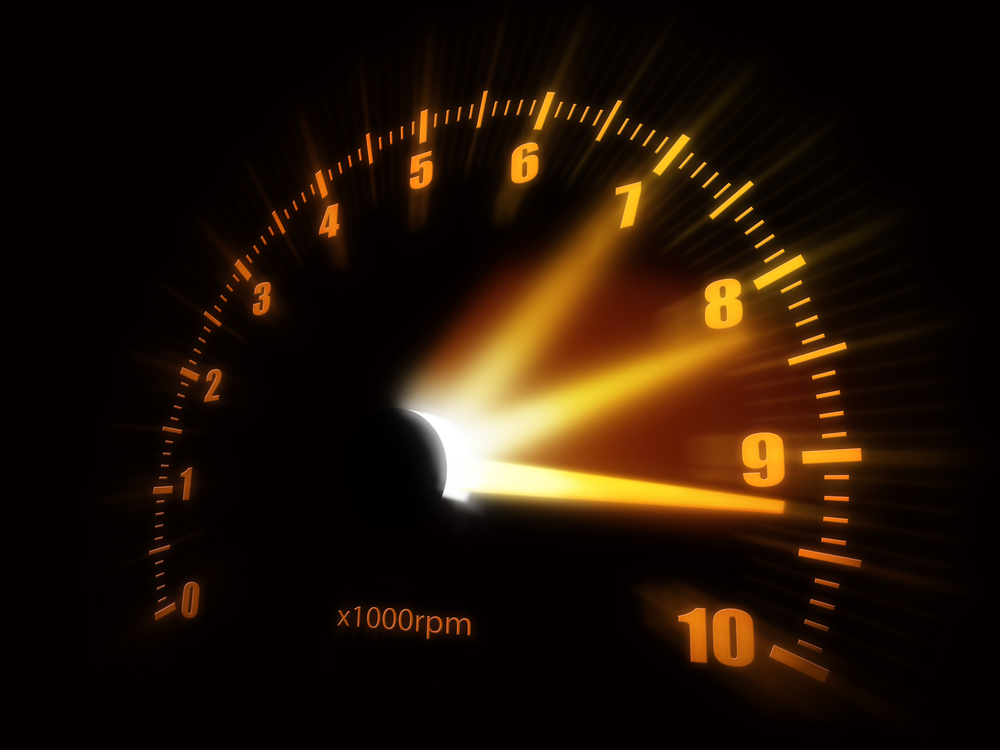Forced induction engines present an additional level of detail in the power potential calculation but one that is fairly easily resolved.
The first thing to appreciate is that forced induction increases power potential in direct ratio to the increase in inlet manifold pressure. A normally aspirated engine has at best an inlet manifold pressure equal to atmospheric pressure, assuming no great flow losses in the air filtration system, throttle body or carb. At sea level this is about 14.7 psi.
If it were possible to double this air pressure then power would double also. What the turbo or super charger does is add a boost pressure to the base atmospheric pressure and the resultant new higher inlet manifold pressure can be used to calculate the power.
The basic equation assuming 100% efficiency and zero flow or power absorption losses is therefore as follows.
Power Potential = Baseline Power x Inlet Manifold Pressure / Atmospheric Pressure which can be restated as
Power Potential = Baseline Power x (14.7 + boost pressure psi) / 14.7
In reality we will rarely achieve this full power potential, especially at high boost levels, due to efficiency losses but those will be considered later.
However first we need to establish the baseline power of the engine without boost. In many cases it will be a standard production engine being turbo or supercharged. The baseline power will be known from the manufacturer’s specs but this may reduce somewhat due to the following reasons.
1) Any additional flow restriction created by the turbo or super charger inlet pipework.
2) Any flow restriction through an intercooler if fitted.
3) Any reduction in compression ratio required to allow high boost will cause the baseline engine power to decrease.
A good rule of thumb is to knock 5% off the claimed baseline engine bhp to allow for these factors if most of them apply. For low boost installations applied to a standard engine with no intercooler or compression ratio reduction then leave the baseline power as is.
Finally turbochargers and superchargers differ in one main respect. Turbos get most of their power increase free of charge by using waste exhaust gas energy to drive the turbo. Superchargers are mechanically driven and absorb engine power to create the boost. How much of a loss this causes will depend on the supercharger efficiency and modern ones are certainly much better than older Roots style blowers. The advantage of the supercharger is that when properly sized it will not have the lag that turbos can suffer from at low rpm and low exhaust gas output although again modern turbochargers are much improved in this respect in recent years.
Turbochargers
As a general guide it is normally possible to achieve at least 90% of the potential power increase shown by the basic equations above. Power potential will therefore be as follows.
Baseline BHP x (14.7 + (boost pressure x 0.9) / 14.7
At low boost levels efficiency can be closer to 100% but like most things there is a law of diminishing returns.
Superchargers
With superchargers we can usually get close to 100% of the potential power increase but subject to the supercharger drive losses. With modern superchargers these can be as low as 20%. With Roots style blowers they can be 25% to 35% or more. Power potential with a well designed supercharger at 80% efficiency (20% drive losses) is therefore:
Baseline BHP x (14.7 + (boost pressure x 0.8) / 14.7)
For less efficient superchargers you’ll have substitute the 0.8 efficiency factor for whatever applies to your situation.
Increasing The Boost
If we have an engine that is already turbo or supercharged and wish to increase the boost then the calculations become even simpler. All the factors that affect baseline engine bhp and blower efficiency are already taken into account in the bhp we have already obtained at a given boost level. All that remains is to calculate how much the power will rise to at a new boost level. Assuming we get 100% of the potential gains the new power will be:
Current bhp x New Manifold Pressure / Current Manifold Pressure where in both cases manifold pressure is 14.7 + boost pressure.
So if we have an engine producing 200 bhp at 7 psi and want to increase boost to 12 psi power should rise to:
200 x (14.7 + 12) / (14.7 + 7) = 246 bhp
Again we might not get all of that power increase if flow and efficiency losses come into play but 90% to 95% of the gain is a good target.

